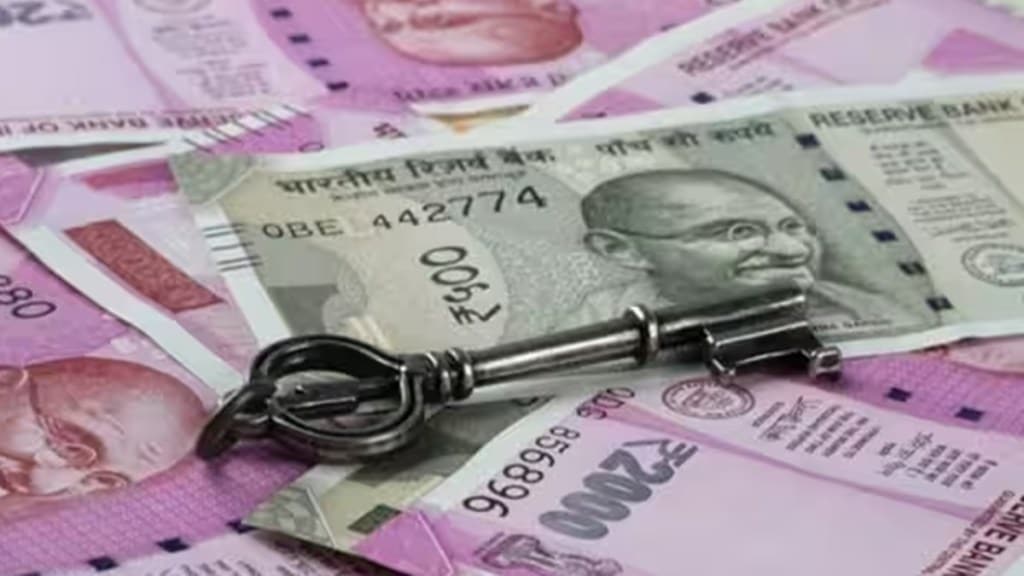India’s current account deficit (CAD) narrowed to 1.1% of the gross domestic product (GDP) in April-June quarter of the current fiscal year, from 2.1% in the year-ago quarter, but widened sequentially from 0.2% registered in the fourth quarter of last fiscal, according to the data released by the Reserve Bank of India (RBI) on Thursday.
The sequential widening of the CAD to $9.2 billion in Q1FY24 from $1.3 billion in Q4FY23 was mainly due to a higher goods trade deficit ($56.6 billion versus $52.6 billion), and moderation in both the net inflows of services and remittances. The CAD stood at close to $18 billion in Q1FY23.
The capital account saw a higher surplus of ($34.4 billion) in Q1FY24 as against $22 billion in the year ago quarter and just $6.5 billion in Q4FY23. As a result, forex reserve saw accretion of $24.4 billion in Q1FY24 on a balance of payment basis, as compared with $4.6 billion in Q1FY23 and $5.6 billion in Q4FY23. The BoP surplus in June quarter was a 7-quarter high.
In the current quarter (Q2FY24), the mechandise trade deficit could be higher than in Q1 with imports contracting faster than exports– in July-August, this deficit stood at close to $45 billion. This could put upward pressure on the CAD, and the recent rise in crude oil prices is another concern, given the country’s high import dependence for energy. However, financing of the CAD is likely to be comfortable, as capital flows could turn stronger with India’s inclusion in the JP Morgan bond index.
As of Thursday in the current quarter, net foreign portfolio investments stood at $5.3 billion, as against a robust $15.7 billion in the previous quarter. Of course, September saw net outflows of $1.8 billion. There were net FPI outflows of $14.6 billion in Q1FY23.
| Rahul Bajoria, MD & Head of EM Asia (ex-China) Economics, Barclays, wrote: “As of now, we maintain our forecasts for a 40 billion (1.1% of GDP) current account deficit in FY2023-24, and a modest increase to 1.2% of GDP in FY2024-25. Both goods export and import values have declined so far this fiscal year, and are expected to remain weak owing to subdued external demand and lower international commodity prices … leading to a narrower goods trade deficit compared with the previous fiscal year. The services surplus continues to be relatively resilient.”
The RBI said of Q1FY24: “Net services receipts decreased sequentially, primarily due to a decline in exports of computer, travel and business services, though remained higher on a year-on-year (y-o-y) basis. Private transfer receipts, mainly representing remittances by Indians employed overseas, moderated to $27.1 billion in Q1FY24 from $28.6 billion in Q4FY23 but witnessed an increase on a y-o-y basis.”
Net outgo on the income account, primarily reflecting payments of investment income, declined to $10.6 billion in Q1FY24 from $12.6 billion in Q4FY23, though higher than a year ago.
In the financial account, net foreign direct investment decreased to $5.1 billion from $13.4 billion a year ago. Net external commercial borrowings to India recorded an inflow of $5.6 billion in Q1FY24 as against an outflow of $2.9 billion a year ago.
Non-resident deposits recorded net inflows of $2.2 billion as compared with $0.3 billion in Q1FY23.

